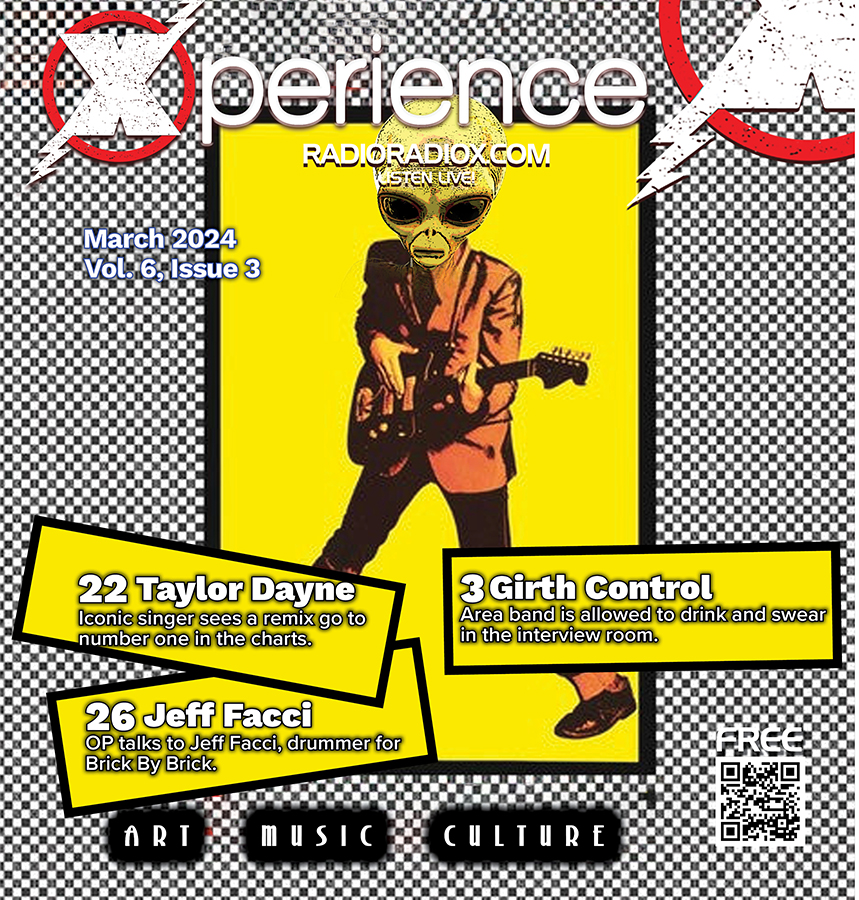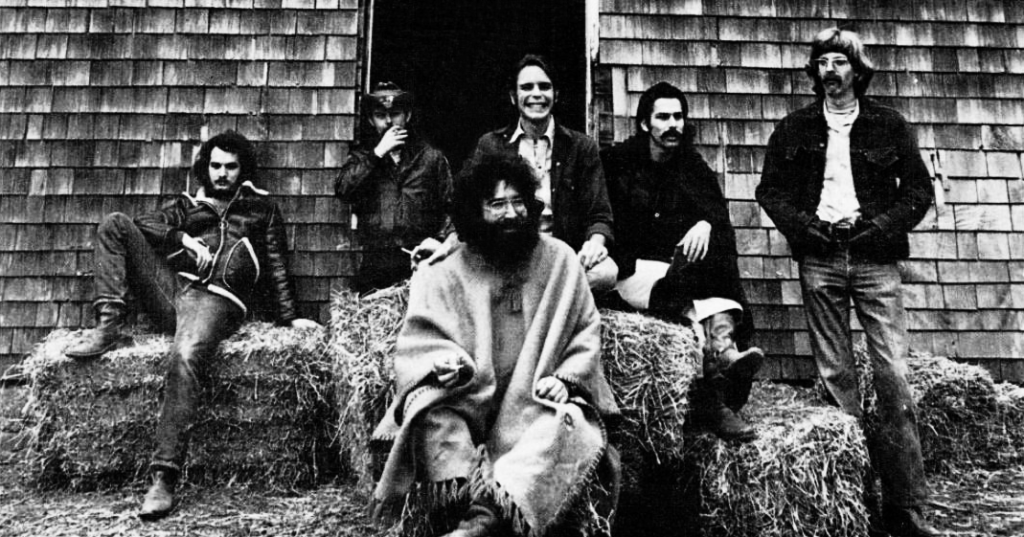Interview with David Hinchen -By: Liam Sweeny
Written by Staff on May 8, 2022
 We are surrounded by architecture. We live, we work, we eat, we play in buildings, and those buildings aren’t necessarily concrete blocks, though they would perfectly function as such. But they’re not. The buildings around us have style and character, even the ones we call our own.
We are surrounded by architecture. We live, we work, we eat, we play in buildings, and those buildings aren’t necessarily concrete blocks, though they would perfectly function as such. But they’re not. The buildings around us have style and character, even the ones we call our own.
David Hinchen is an architectural artist. He captures the heart of some of the most magnificent structures in the Northeast and brings them to life on paper and canvas. David is also a go-to for anything related to the historic architecture of the Capital Region.
RRX: You create artwork from architecture. It’s interesting, because architecture could be considered “functional art” in and of itself, so what you are doing is, in a sense, an abstract of an abstract. Looking at your work, the attention to detail you employ is striking, but how does your work go beyond replication? Is it meant to?
DH: What sets my artwork apart from a replication of reality is emphasis. In reality, as you view a particular building or street scene, any one thing is as undeniably real as any other thing. All buildings on a city block share the same level of existence, the same completeness. In my paintings, I decide the degree to which various pictorial elements are revealed. Emphasis helps the audience put the story of a painting together in their own minds. I utilize color, texture, value, contrast, placement and juxtaposition to dramatically direct where your eye is attracted. When the building is darker, lighter, in the foreground or significantly larger than the other structures in the painting, it becomes the focal point because the perspective or depth draws us in. Creating a mood where the viewer experiences a heightened sense of observation and emotion is my ultimate goal. Many of my paintings are set in the past, featuring cityscapes and architectural elements that no longer exist. Each scene is carefully researched to be essentially architecturally accurate, but many of the details and colors are drawn from my imagination. In my painting, Albany Riverfront, 1930, I used old black and white photos to recreate the long-gone Hudson River boat basin and adjacent Albany Yacht Club as they would appear in brilliant contemporary colors. The vintage boats were referenced directly from the old photos, but I decided to add an appropriate 1930s New York Central Railroad train coming into Union Station. The top of the Delaware and Hudson Building was cut off in the photo, so I added the complete tower and a dramatic cloud filled sunrise sky. In the 1960s, the entire boat basin and waterfront was filled in for the construction of the riverfront arterial highway – I – 787.
RRX: The houses you recreate are spectacular. They’re all over the Northeast, some in the Capital Region. Easily, these homes are in the millions, and just meticulously well kept. So, this may seem an odd question; have you ever recreated a building that wasn’t so kept? Maybe something falling apart? Would that be a different challenge?
DH: Depicting buildings in a state of decay is a worthy challenge for other artists. I prefer to create art that celebrates historic buildings as idealized icons. Before the rise of realism and naturalism in the 19th century, all art was idealized. Greek, Roman and Renaissance artists were masters at romanticizing their subjects with harmonious compositions and saturated colors. Although often mistaken for straight up realism, my idealized artwork depicts historic buildings in an aesthetically flawless way so that the audience may envision a world where things are perfect. By paying tribute to beauty in the sublime form, I hope to encourage the viewer to imagine what possibly once was and what could potentially be in the future.
Growing up in the post WWII suburbs of Connecticut in the 1970s, I keenly remember being both fascinated and horrified by the spectacle of urban decay in Harford, Albany, Providence, Boston and New York City. Regardless, I still marveled at the architecture and living history all around me. As a young adult who was naturally attracted to only living in a city, my imagination would often drift towards a more appealing past or future. My coming-of-age experiences have most likely influenced my artwork.
RRX: Albany is a bastion of historic architecture. Just going down State Street, you can easily put yourself through all 400 years of the city vicariously through the architectural styles. But clearly, the architecture of Albany isn’t 400 years old. How do you think Albany’s architecture reclaims its past in the modern day?
DH: Old buildings are witnesses to the aesthetic and cultural history of a city, helping to give people a sense of place and connection to the past. With such a rich variety of architectural styles and intact neighborhoods, Albany is incredibly monumental for such a small city. Its neighborhoods embody the intentions and lives of those who built, lived and worked in them. They have fascinating stories to tell about how the community became what it is and that helps us understand who we are. Preserving these stories can be an important part of building a healthy community. Past generations of architects such as Albert Fuller, H.H. Richardson and Marcus T. Reynolds have used their knowledge, method, skill and principles of civic design to adeptly define space and create places of unique character, places that are worth caring about.
RRX: Aligned with the question on historic registers; mother nature and father time aren’t the only adversaries to historic preservation. Cities are growing beasts and change spares no one. There’s a current that might say, “we need a computer center… who cares about that old building?” How can that be argued successfully?
DH: Historic preservation conserves resources, reduces waste and saves money by reusing and retrofitting existing buildings rather than tearing them down and building new ones. Newer buildings tend to have a life expectancy of only 30-40 years, whereas most older buildings were made to last indefinitely. Repairing and reusing existing structures uses energy and material resources more efficiently and reduces waste. Newer materials don’t need to be created, nor older materials thrown away. Older buildings are made of higher quality materials, replacing with similar rare hardwoods would be impractical and unaffordable.
As suburban sprawl and highway strip development makes more and more places look the same, it becomes increasingly important for communities to keep their identities intact. Current migration trends and new commercial/residential development is leading to the rebirth of some older, walkable neighborhoods in the Capital Region. What happened 30 years ago in Brooklyn and Boston’s South End is possibly starting to gain steam in Albany and Troy. If that’s the case, hopefully we can do a better job at finding that sweet spot between gentrification, protecting the homes of current residents, creating new jobs and preserving our architectural treasures. As technology increasingly makes everything virtual, will human beings seek out more anchor points, reminding them of their real-world roots? I believe many will choose to live in places rich with aesthetic and cultural history, places that are truly worth caring about.





 RadioRadioX
RadioRadioX